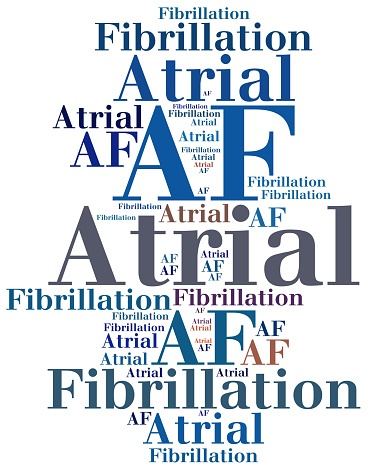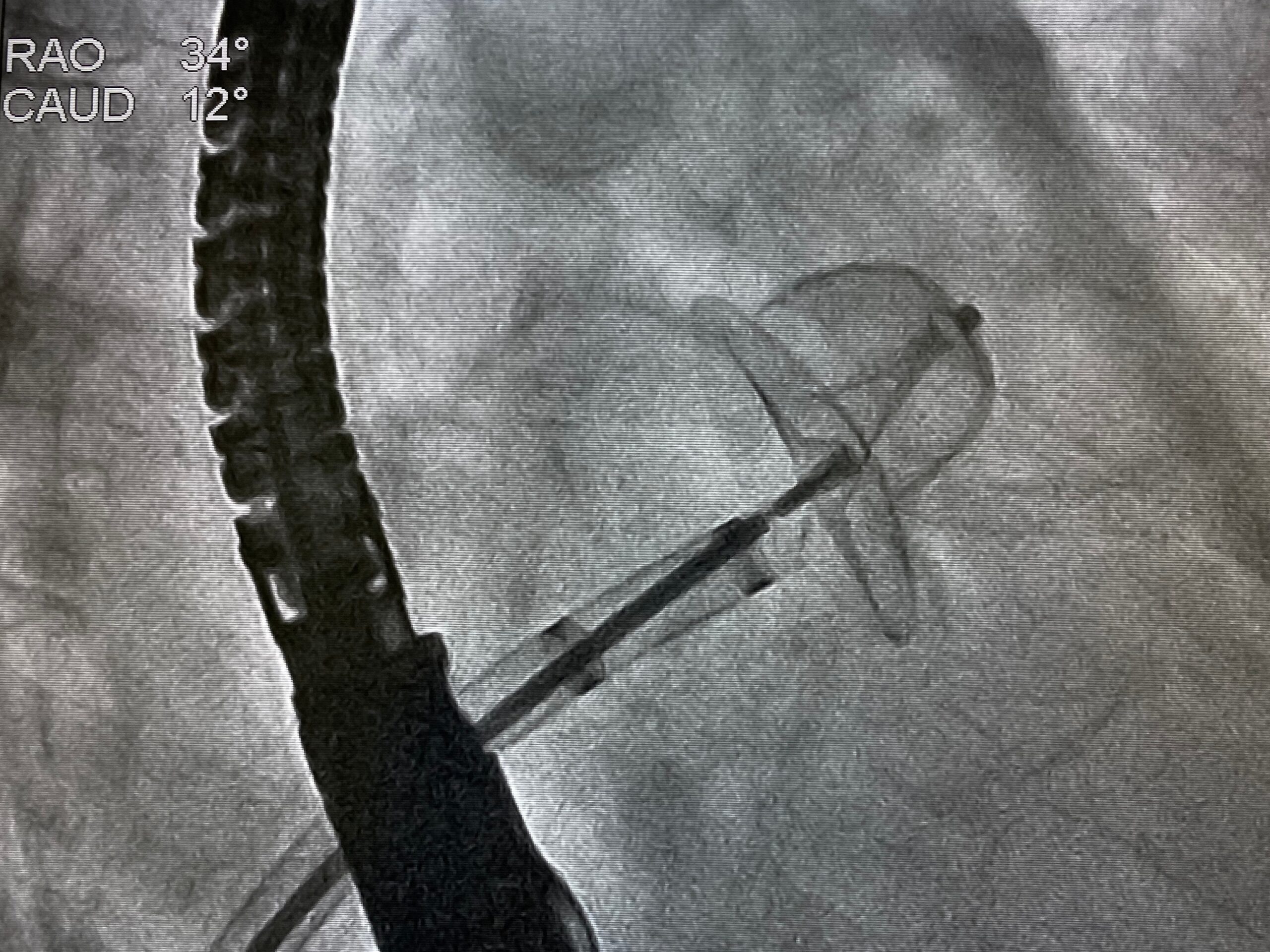
Currently, outcomes of cryoballoon ablation for persistent atrial fibrillation (AF) are unclear, especially in the Japanese population. Therefore, a study published in assessed the effectiveness and safety of cryoballoon ablation in clinical practice.
In this retrospective study, researchers compared patients of contact force-sensing radiofrequency (CFRF) ablation including the high-power protocol. The study comprised 253 and 265 patients who underwent cryoballoon and CFRF ablation. The primary endpoint was defined in this study as atrial arrhythmia recurrence. The secondary endpoints were defined as periprocedural complications and repeat ablation.
The results found that the rate of additional left atrial (LA) ablation after pulmonary vein isolation (PVI) were similar between groups (68.8% cryoballoon vs. 74.0% CFRF, P=0.19). Freedom from atrial arrhythmia recurrence was comparable between groups over a follow-up of 25.5±12.5 months (72.3% cryoballoon vs. 69.8% CFRF; adjusted hazard ratio (HR) 0.85, 95% confidence interval (CI) 0.59-1.21, P=0.36). Outcomes were similar in the subgroups of PVI alone and PVI plus additional LA ablation. The researchers noted that LA posterior wall isolation, absence of defragmentation, and low creatine clearance, but not catheter selection, all achieved the primary endpoint. Periprocedural complications (adjusted HR 0.73, 95% CI 0.34-1.54, P=0.41) and repeat ablation (adjusted HR 1.11, 95% CI 0.71-1.74, P=0.64) were similar for both procedures, the researchers further noted.
“Cryoballoon ablation for persistent AF in Japanese clinical practice had acceptable outcomes comparable to those of advanced CFRF ablation,” the researchers concluded.







 © 2025 Mashup Media, LLC, a Formedics Property. All Rights Reserved.
© 2025 Mashup Media, LLC, a Formedics Property. All Rights Reserved.